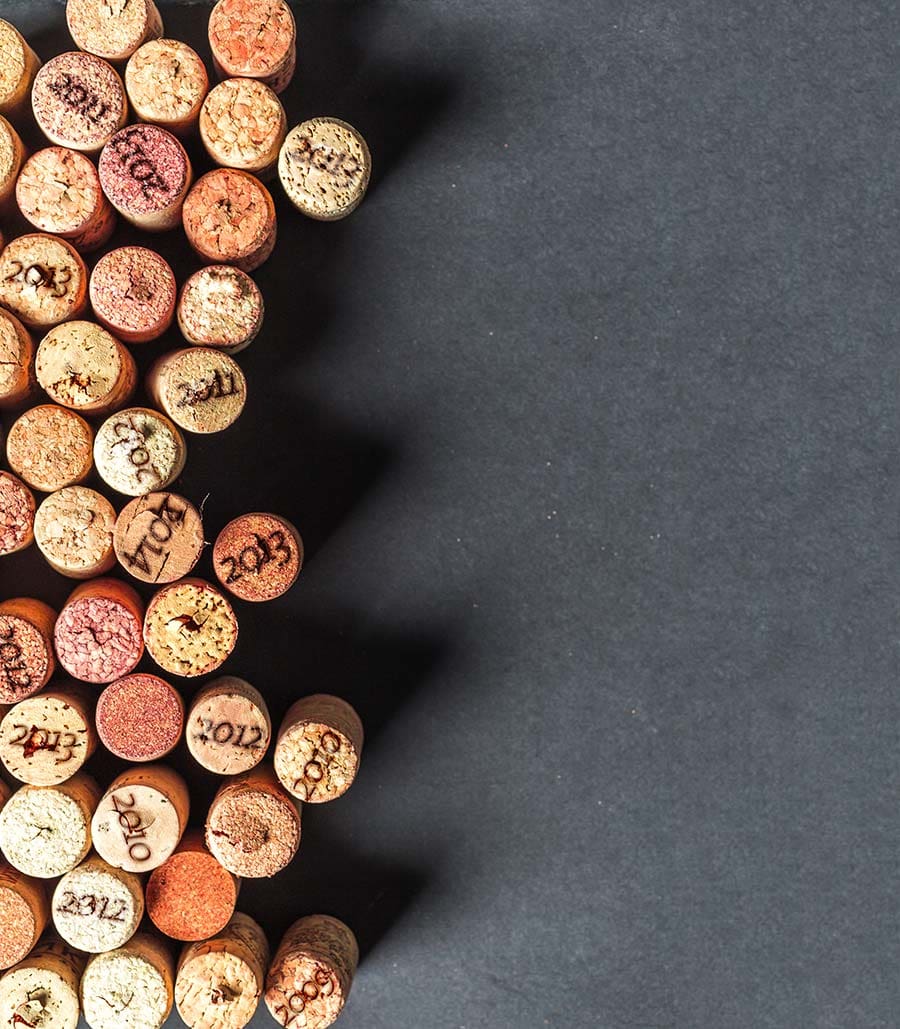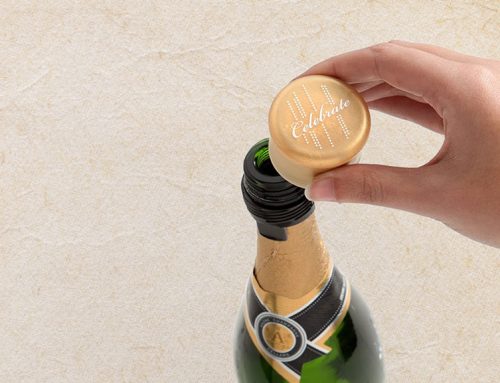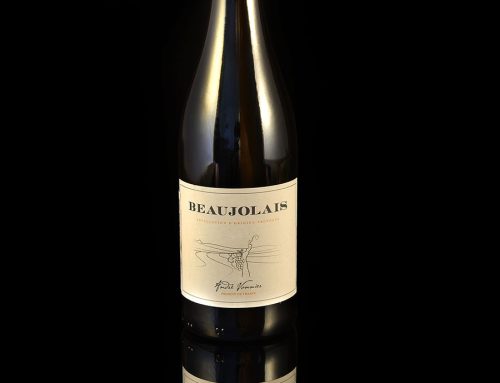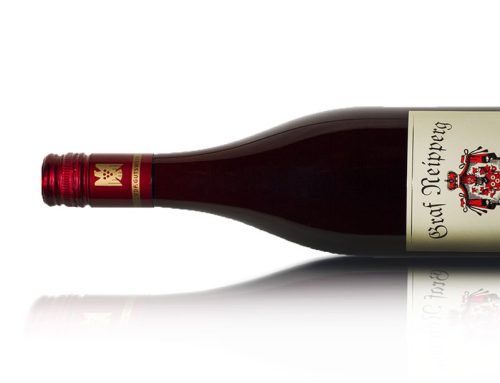
By Mary Ann DeSantis
Patience pays off

A vertical wine tasting compares different vintages (harvest years) from the same winery and grape varietal. It’s also a fun way to learn what you like and what you don’t when it comes to wines.
Story: Mary Ann Desantis, WSET
Organizing an affordable wine vertical tasting takes a lot of patience and sleuthing. If you collect wines, you know how hard it is to keep from popping a cork on a highly-rated wine as soon as you buy it. After all, you are anxious to see if your money was well spent. Patience, however, can pay off when you hold a bottle of wine for several years and then open it as part of a vertical tasting.
A year or two can result in distinctive differences in a wine’s aging process, especially if a particular year was challenging for grape growers. Although winemakers strive for consistency in their products, it is not always possible. You may enjoy a 2013 Cabernet, but the 2011 vintage from the same winery may be too weak and thin for your palate.
In recent weeks, I’ve participated in two vertical tastings. The first—which I organized—compared Napa Valley Cabernet Sauvignons from Robert Mondavi Winery. The second one at a friend’s house compared Alexander Valley Cabernets from Hafner Vineyard in Sonoma County. Interestingly, most vintage years were rated higher in Napa than Sonoma although only a mountain range separates the two counties.
It was also enlightening to look at the similarities and differences in wines from Napa Valley and from Alexander Valley. In the 2010 vintages, both the Hafner and the Mondavi had dark chocolate aromas and soft finishes. Whereas the 2010 Mondavi is a “drink now” wine, the 2010 Hafner is considered relatively young and could certainly be held for several more years.
Having consecutive years is the preferred way to set up a vertical tasting, but it is not always possible so don’t let a missing vintage stop you. For example, I could not find the 2011 vintage of the Mondavi Cabernet Sauvignon no matter how much sleuthing I did. After reading that heavy rainfalls in 2011 created a 20 percent reduction in Mondavi’s yields, I knew buying the 2011 vintage would be nearly impossible. However, I found the distinctive differences between the 2007 and 2009 vintages were even more pronounced as I tasted those wines side by side.
When planning a vertical tasting, keep in mind that most wines are made to be consumed soon after their release, especially inexpensive wines. Red varietals such as Cabernet Sauvignon and Malbec have commanding tannins and can age longer than, for example, most Merlots. Tannins, which come from the grape’s skins and seeds, add to a wine’s greatness or can be its downfall. Too much makes a wine harsh; too little and the wine will be light and not a good candidate for cellaring for years. Aging a good wine often brings the tannins into perfect balance with the alcohol and acidity—other important elements in wine.
Both Mondavi and Hafner wines are known for their complexity and balance. The wines we tasted were comparable in price, ranging between $20 and $35 each. Wines from Robert Mondavi Winery, which celebrated its 50th anniversary last July, are readily available in our local market. On the other hand, wines from Hafner Vineyard, which will celebrate 50 years in 2017, are sold exclusively through Hafner’s wine club.
What was my favorite wine? I’m not sure I could pick just one, nor should I. A vertical tasting is more about learning which years may have resulted in better wines. For instance, 2013 was considered an “epic” year for Napa Valley and that was certainly reflected in the Mondavi Cabernet. However, a wine produced in a year when the weather was less than perfect can still be outstanding, such as the 2008 Hafner Vineyard Cab. That year, frost lowered yields in Sonoma but not the quality of wines.
So, with all this in mind, download a vintage chart and clear a space in your coolest closet where you can put away some of your favorite wines for your own vertical tasting. And if patience is not your virtue, then ask your local wine retailer to help you find older vintages.
The Grape: Cabernet Sauvignon
Widely planted around the world, Cabernet Sauvignon grapes produce wines with deep purple colors and lots of tannins and acidity. The intense aromas (nose) are often associated with black fruits such as dark cherries and currants.
Pairing Suggestion: Lamb
Jeff Mosher, the winery chef at Robert Mondavi Winery, suggests braised lamb shoulder with olive jus to pair with Cabernet Sauvignon. Just in time for Easter, his slow-cooked recipe is the perfect complement to a full-bodied wine.
Ingredients:
[row] [column lg=”4″ md=”12″ sm=”12″ xs=”12″ ]- 1 boneless lamb shoulder, approx 8#
- 1 large carrot
- 1 large onion
- 3 celery stalks
- 1 leek
- 2 heads garlic, split
- 2 tablespoons tomato paste
- ½ a bottle red wine
- 3 quarts chicken stock
- 1 bunch Thyme
- 1 bay leaf
- ½ a bunch marjoram
- 1 tablespoon black peppercorns
- 1 cup Nicoise olives, pitted
- Maldon sea salt to taste
- Gremolata
- 1 cup extra virgin olive oil
- 3 lemons, zested. Save lemons for another purpose.
- 6 garlic cloves, minced
- 2 bunch chives, minced
- 1 bunch Italian parsley, chopped
- ½ bunch marjoram, chopped
Directions:
Gremolata
Combine the cleaned and chopped herbs with the lemon zest and minced garlic in a bowl. Add the olive oil and mix. There should be enough oil so that the other ingredients are floating in it. This can be made up to 3 days ahead. If the herbs, lemon, and garlic are all submerged in the oil it will keep. When ready to use the Gremolata gently warm it in a small pot. You want to heat it to take the edge off the raw garlic, but do not boil it or the herbs will turn color.
Braising the lamb shoulder
Cut away large chunks of exterior fat. Separate into large muscle groups. Cut out any glands or tough cartilage. Leave the interior fat and portion into 5-6 ounce pieces. You should get at least one piece per guest. You will have some smaller pieces as well that can be plated together to make a portion. Season the lamb shoulder with salt and pepper. Sear in a large pot with grapeseed oil; remove lamb from the pan once nicely browned. Drain off oil. Add new oil and sauté carrots, leeks, celery, onions, and garlic for 5 minutes until browned. Add tomato paste and sauté an additional 5 minutes. Add red wine and simmer for 15 minutes. Add chicken stock and bring to a simmer. Add 1 teaspoon of salt and ½ cup of the olives to the braising liquid. Make a sachet (using cheese cloth and twine to tie up the herbs and spices), that includes thyme, marjoram, bay leaf, and black peppercorns, and add it to the pot. Cover the pot with a lid and place in a 325 degree oven. Braise the lamb for approx 3-4 hours, until very tender. Once the lamb is tender remove it from the oven. Pull out 2 cups of the braising liquid, straining out any vegetables and olives. Reduce the liquid by ½ to ¾ depending on your preference to make the jus. At this point you can either serve the lamb immediately by placing the portions of lamb onto a serving platter and garnishing with the jus, a sprinkling of Maldon sea salt, the pitted olives, and the Gremolata or you can refrigerate the lamb to reheat and serve later. To store the lamb for later use, transfer the pieces of lamb to a container that will hold them flat and strain the liquid over the lamb, discarding the vegetables and herb sachet. Cool in the refrigerator uncovered until cool and then wrap with plastic wrap or a tight fitting lid.
Vertical Tasting Tips
- Select varietals with high tannins, such as Cabernet Sauvignons and Malbecs.
- Buy at least four vintages.
- Taste from youngest to oldest to evaluate how the wines have aged.
- Swirl the first sip in your mouth; wait 30 seconds before your second sip and then evaluate.
- Wait at least a minute or more before tasting the next vintage.
- Go through the process without food; then try each vintage with a mild cheese or bread.
- Keep notes about the vintages, particularly the ones you like.







